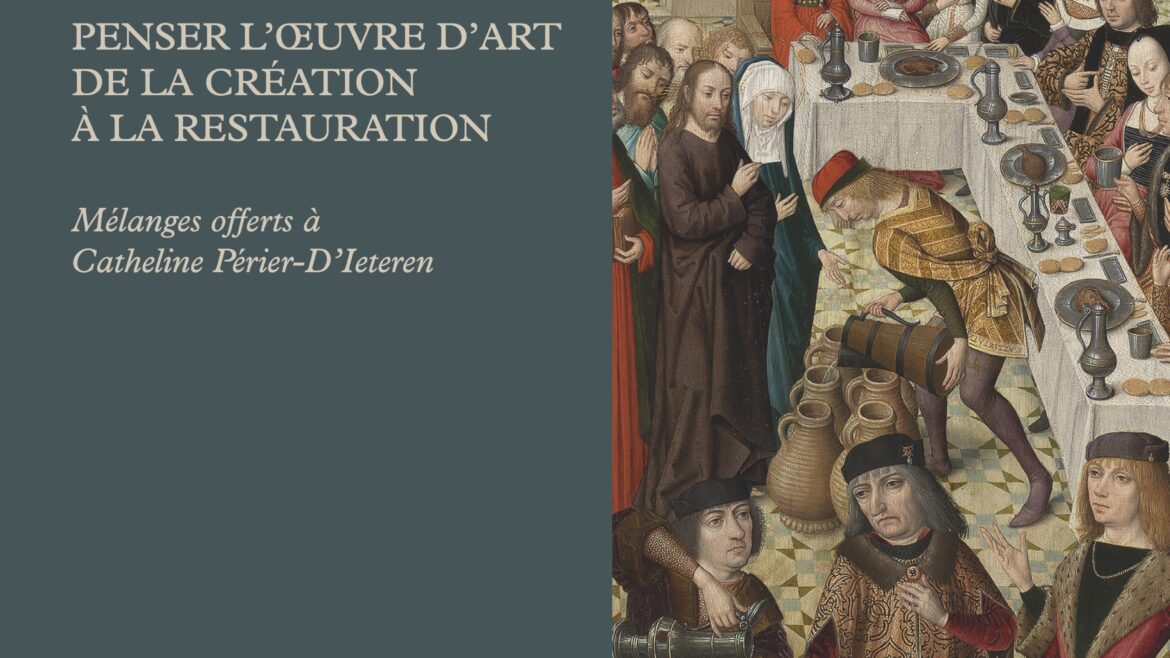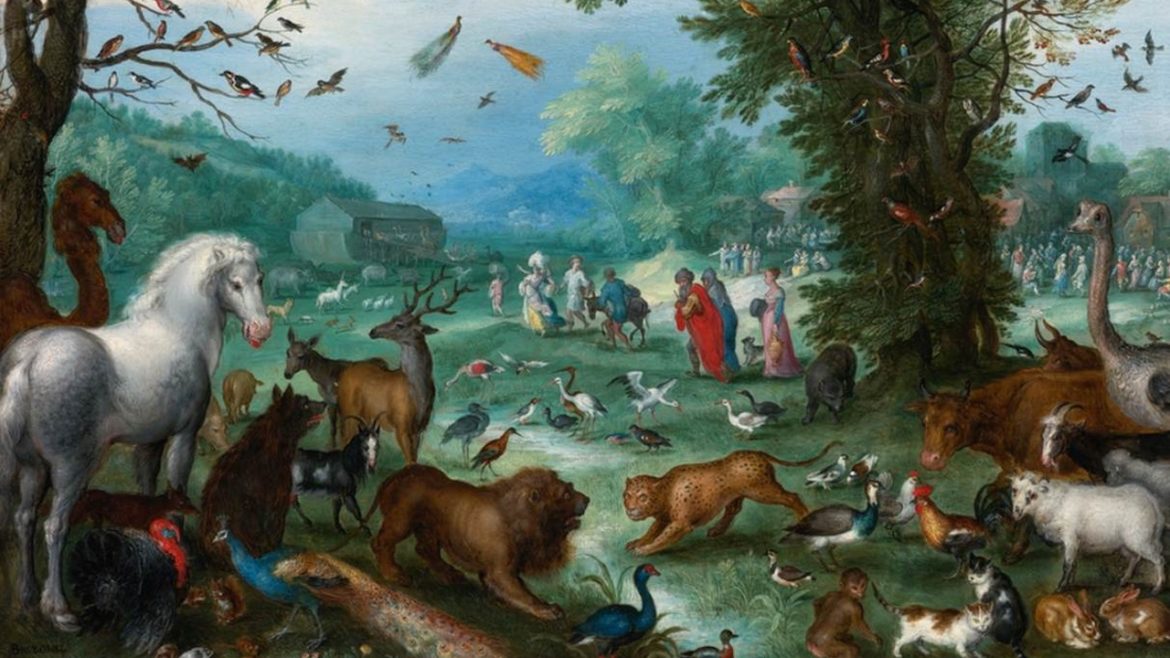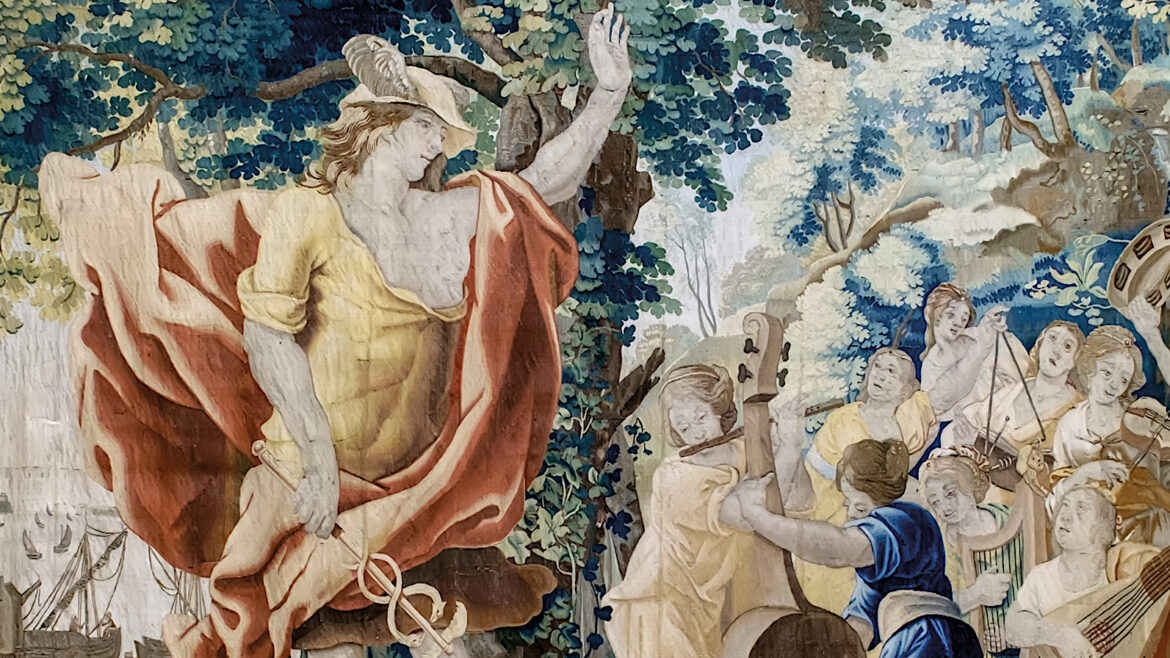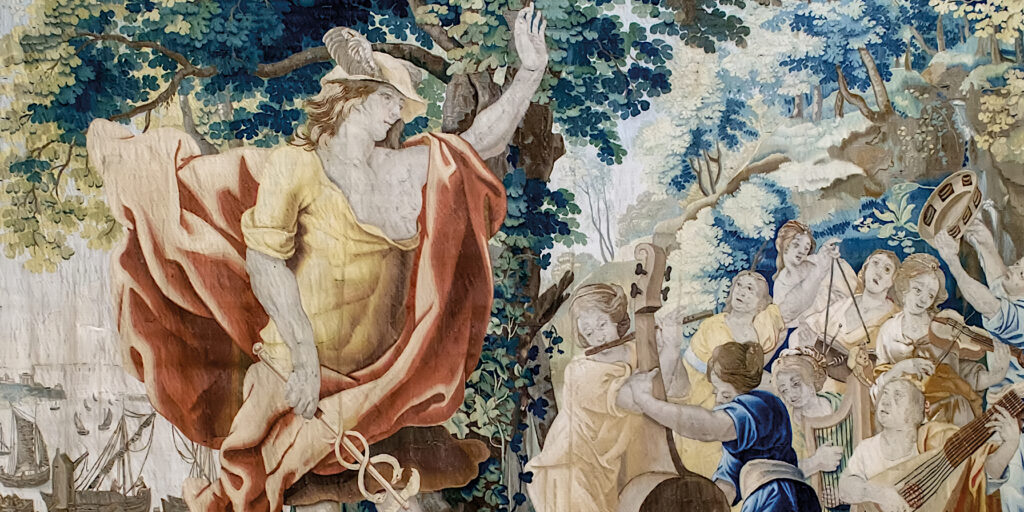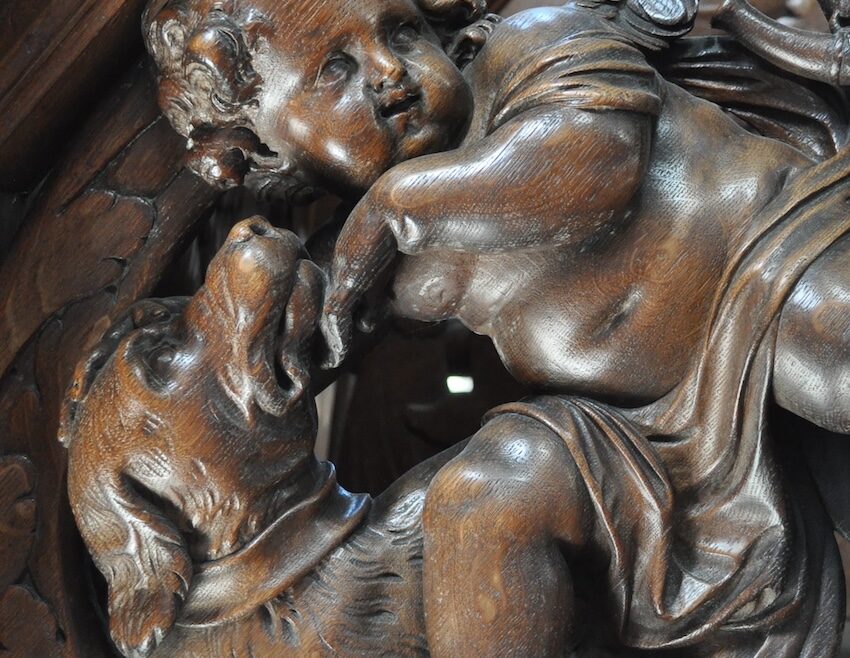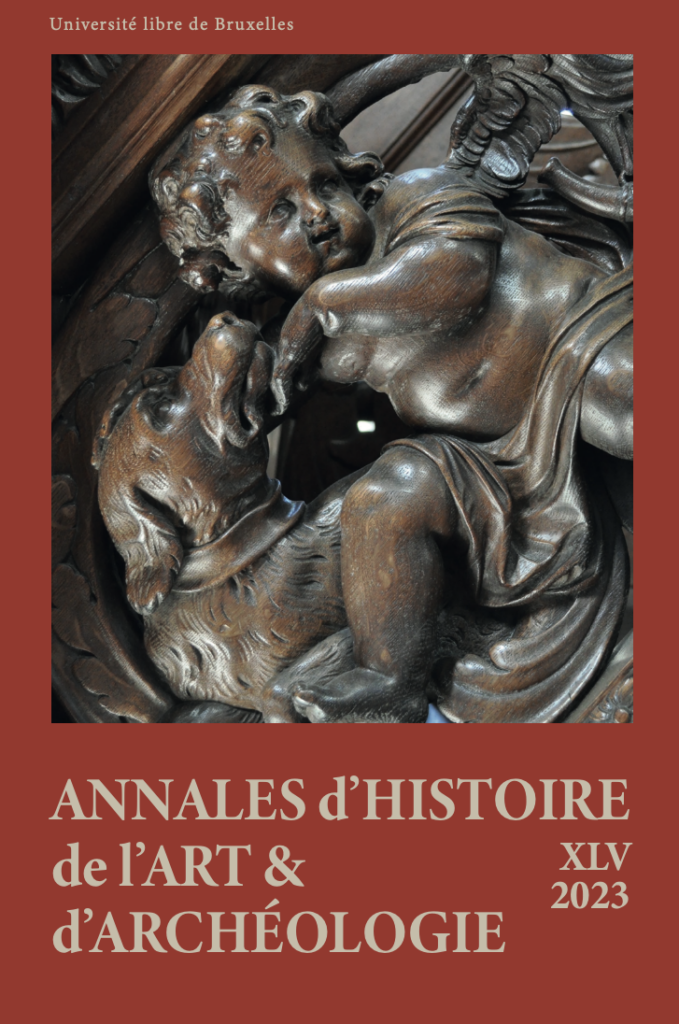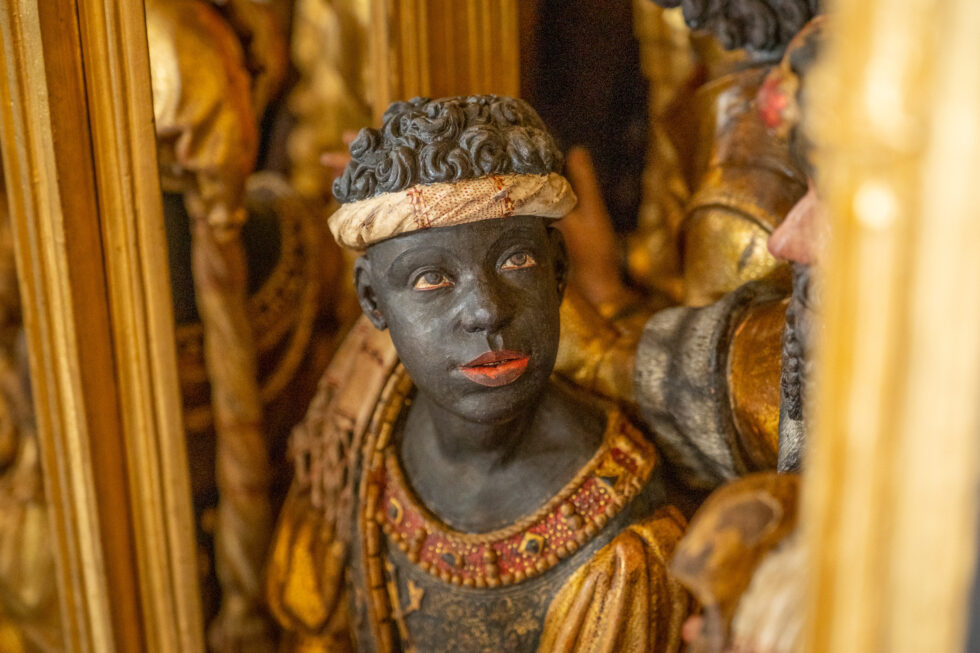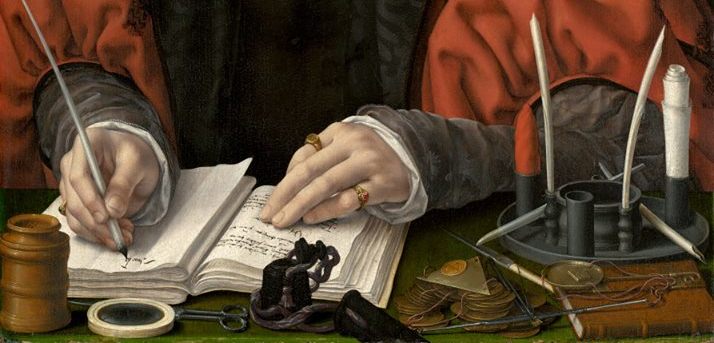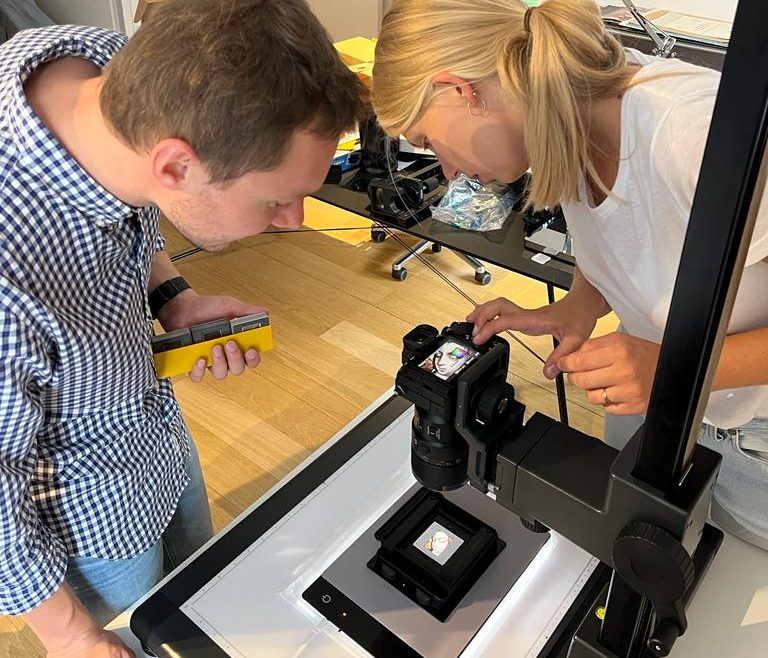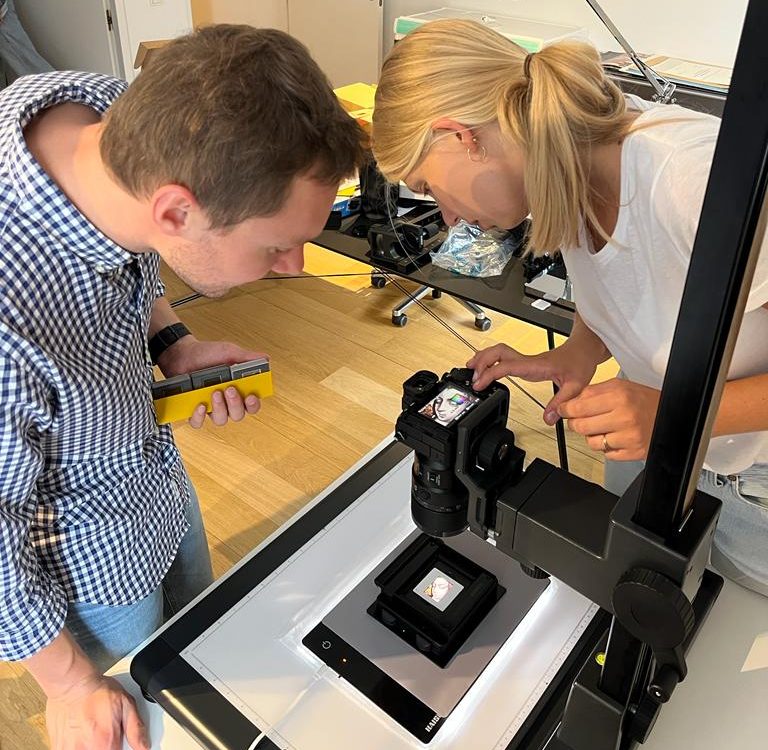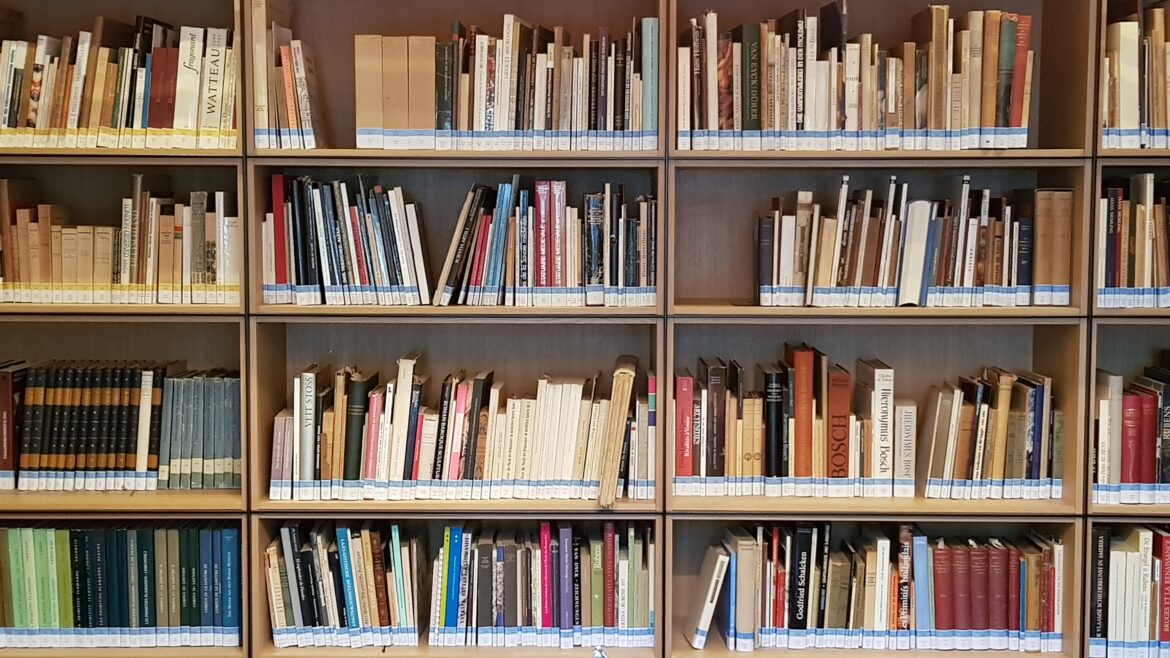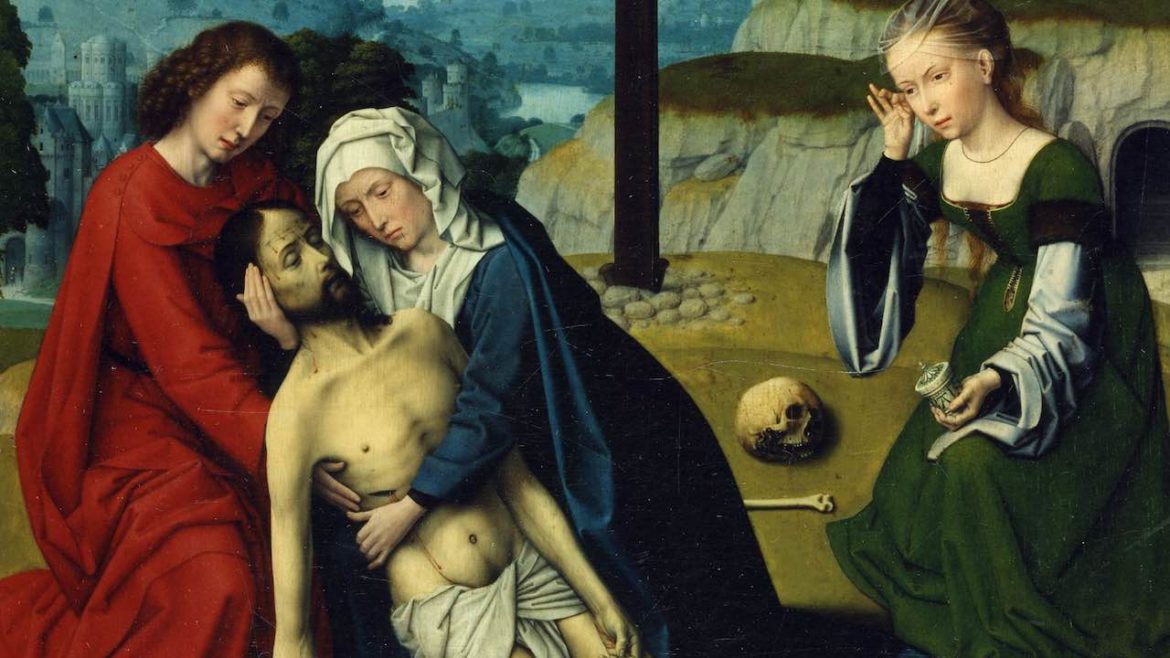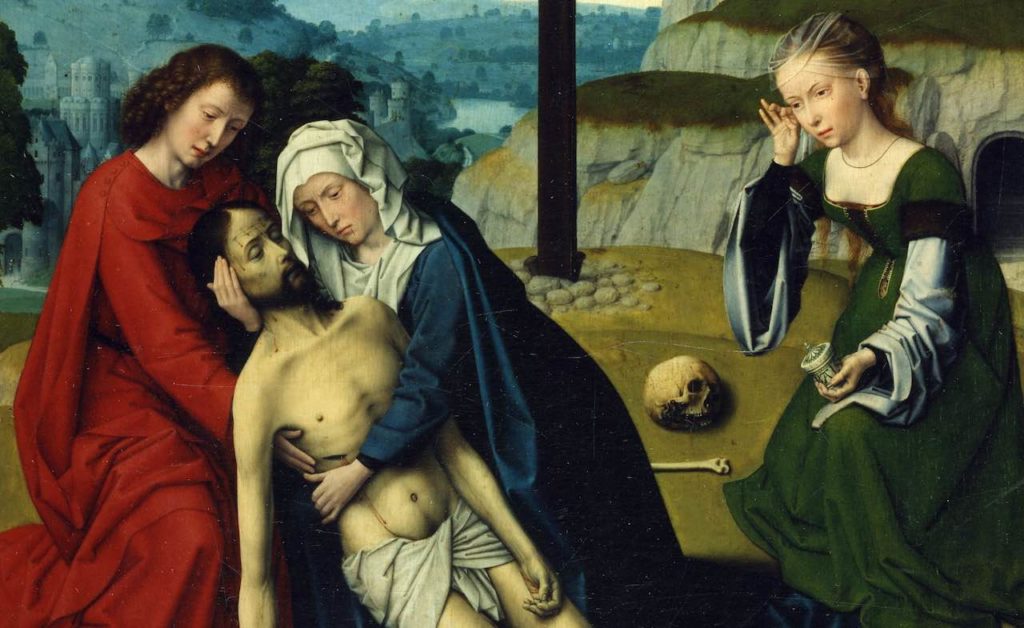Nouvelle publication
S. Zdanov, X. Wasilewski & W. Frère (éds), Penser l’œuvre d’art de la création à la restauration. Mélanges offerts à Catheline Périer-D’Ieteren à l’occasion de son quatre-vingtième anniversaire, Cahiers d’études des Annales d’Histoire de l’Art et d’Archéologie 12, Bruxelles, Éditechnart, 2024, 471 pages, 50,00€. ISBN 978-2-9603538-0
Ce volume rend hommage à Catheline Périer-D’Ieteren, membre de l’Académie royale de Belgique et Professeur Émérite de l’Université Libre de Bruxelles, dont l’impact dans le domaine de l’histoire de l’art des anciens Pays-Bas méridionaux et de la conservation-restauration a été considérable. Il rassemble, à l’occasion de son quatre-vingtième anniversaire, 32 contributions traduisant l’intérêt porté par Catheline Périer-D’Ieteren à toutes les étapes de la vie matérielle d’une œuvre d’art, depuis son élaboration et les premiers processus techniques mis en œuvre, jusqu’aux différentes interventions de conservation-restauration.
Les contributions reflètent son engagement dans l’approche holistique de l’œuvre en embrassant des considérations variées allant des matériaux constitutifs aux techniques de production, des influences stylistiques aux collaborations entre artistes, ainsi que des relations entre différentes formes artistiques, principalement dans le domaine de la peinture, mais aussi de la sculpture, de la tapisserie et des vitraux.
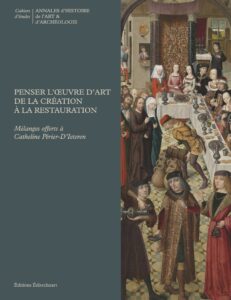
Commandes
Vous pouvez envoyer votre commande à l’adresse fondation@perier-dieteren.org.
Nom, Prénom (institution éventuelle), nombre de volumes commandés, adresse de facturation, adresse de livraison (si différente de l’adresse de facturation).
Prix : 50,00 € + frais de port (7,50€ pour la Belgique ; 17€ pour le reste de l’Union européenne ; nous contacter pour les pays hors de l’UE).
Paiement : Compte Annales d’Histoire de l’Art
N° de compte : BE09 0680 7168 6057
